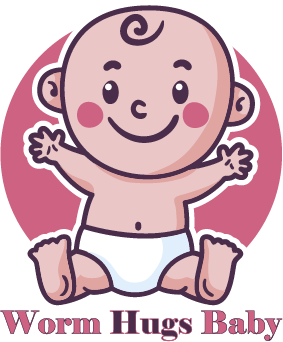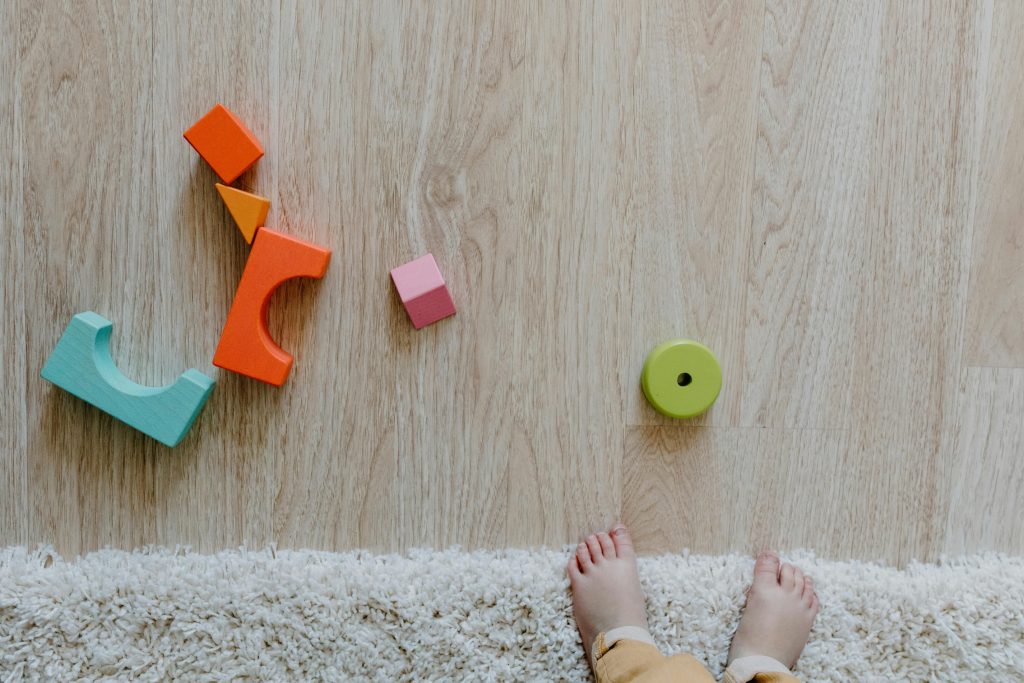
Picture this: Your baby’s peaceful nap is suddenly interrupted by a heart-stopping cry. As you rush to their side, panic sets in. Is it a minor bump or something more serious? 😰 In moments like these, every parent wishes they had superpowers to protect their little one. While we can’t offer you a cape, we can equip you with something even better: knowledge.
Becoming a parent is an exhilarating journey, but it comes with its fair share of anxieties. From sudden fevers to unexpected tumbles, the world can seem full of potential dangers for your precious bundle of joy. But here’s the good news: you don’t need to be a medical professional to handle most baby emergencies. With the right skills and preparation, you can transform from a worried parent into a confident first responder. 💪🚼
In this comprehensive guide, we’ll walk you through essential first aid skills every parent should master, common baby emergencies and how to tackle them, and steps to create a safe environment for your little explorer. We’ll also help you build the perfect baby first aid kit, teach you to recognize signs of serious illness, and prepare you for any emergency that might come your way. So, let’s embark on this journey to become your baby’s personal superhero – no cape required!
Essential First Aid Skills for Parents
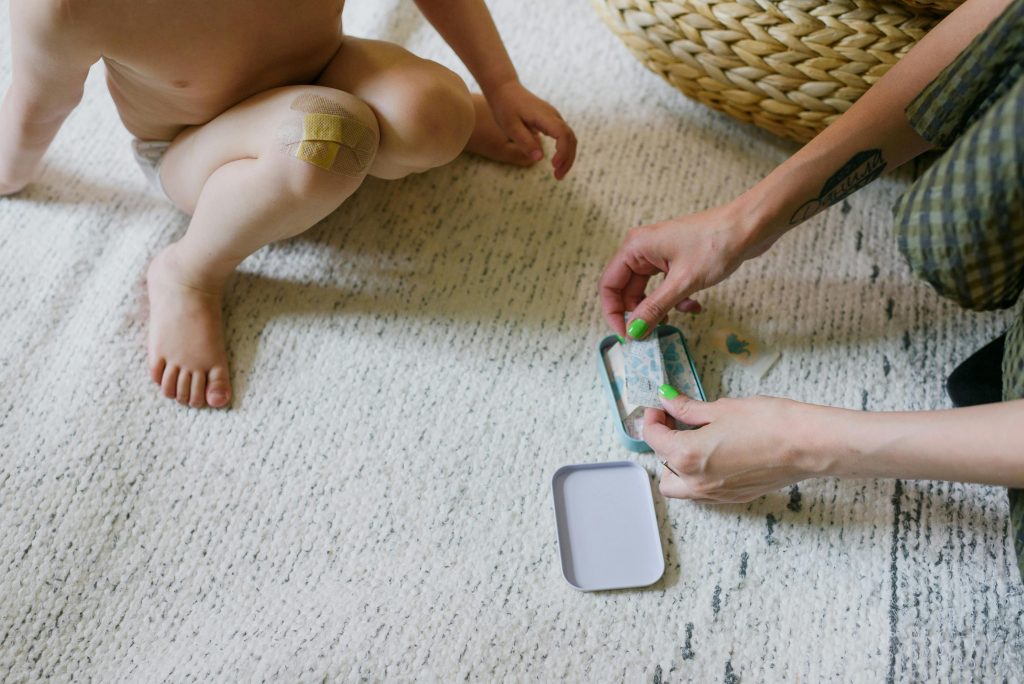
CPR for infants
Infant CPR is a critical skill that every parent should master. Unlike adult CPR, infant CPR requires a gentler approach due to a baby’s delicate physique. Here’s a step-by-step guide:
- Check for responsiveness
- Call for help
- Begin chest compressions
- Perform rescue breaths
| Step | Action | Details |
|---|---|---|
| 1 | Check responsiveness | Tap baby’s foot or shoulder gently |
| 2 | Call for help | Dial emergency services immediately |
| 3 | Chest compressions | Use two fingers, 1.5 inches deep, 100-120 per minute |
| 4 | Rescue breaths | Cover baby’s mouth and nose, give 2 gentle breaths |
Remember to maintain a ratio of 30 compressions to 2 breaths.
Treating choking incidents
Choking is a common emergency in infants. Quick action is crucial:
- Support the baby’s head and neck
- Place the baby face down on your forearm
- Give 5 back blows between the shoulder blades
- If unsuccessful, flip the baby and give 5 chest thrusts
Handling seizures
Seizures can be frightening, but staying calm is essential:
- Place the baby on a soft, flat surface
- Turn them onto their side
- Remove any nearby objects
- Do not put anything in their mouth
- Time the seizure and call emergency services if it lasts more than 5 minutes
Responding to allergic reactions
Allergic reactions can range from mild to severe. Know the signs:
- Mild: Hives, itching, mild swelling
- Severe: Difficulty breathing, swelling of face or throat, vomiting
For severe reactions, use an epinephrine auto-injector if prescribed and seek immediate medical attention.
Now that we’ve covered these essential first aid skills, let’s explore some common baby emergencies and how to handle them effectively.
Common Baby Emergencies and How to Handle Them

Burns and scalds
Burns and scalds are common emergencies that can happen to babies. Here’s how to handle them:
- Remove the source of heat immediately
- Cool the affected area with cool running water for at least 10 minutes
- Remove any clothing or jewelry near the burn, unless stuck to the skin
- Cover the burn with a clean, non-stick dressing or cling film
| Burn Severity | Symptoms | Action |
|---|---|---|
| First-degree | Redness, minor swelling | Cool water, pain relief |
| Second-degree | Blisters, severe pain | Cool water, seek medical attention |
| Third-degree | White or charred skin | Immediate emergency care |
Falls and head injuries
Falls are inevitable as babies learn to crawl and walk. Here’s what to do:
- Check for responsiveness and breathing
- Look for signs of serious injury (swelling, bleeding, loss of consciousness)
- Apply a cold compress to reduce swelling
- Monitor for 24 hours for signs of concussion
Poisoning
Accidental poisoning can occur when babies explore their environment. Follow these steps:
- Identify the substance ingested
- Call poison control immediately
- Follow their instructions carefully
- Do not induce vomiting unless instructed
Drowning prevention and response
Drowning is a silent and swift danger. Prevention is key:
- Never leave a baby unattended near water
- Install proper barriers around pools
- Learn infant CPR
If a drowning incident occurs:
- Remove the baby from water immediately
- Check for breathing and start CPR if necessary
- Call emergency services
Fever management
Fevers can be concerning for parents. Here’s how to manage them:
- Use a reliable thermometer to check temperature
- Provide plenty of fluids to prevent dehydration
- Use appropriate medication as advised by a pediatrician
- Monitor for signs of serious illness
Now that we’ve covered common emergencies, let’s look at how to create a baby-safe environment to prevent these incidents.
Creating a Baby-Safe Environment
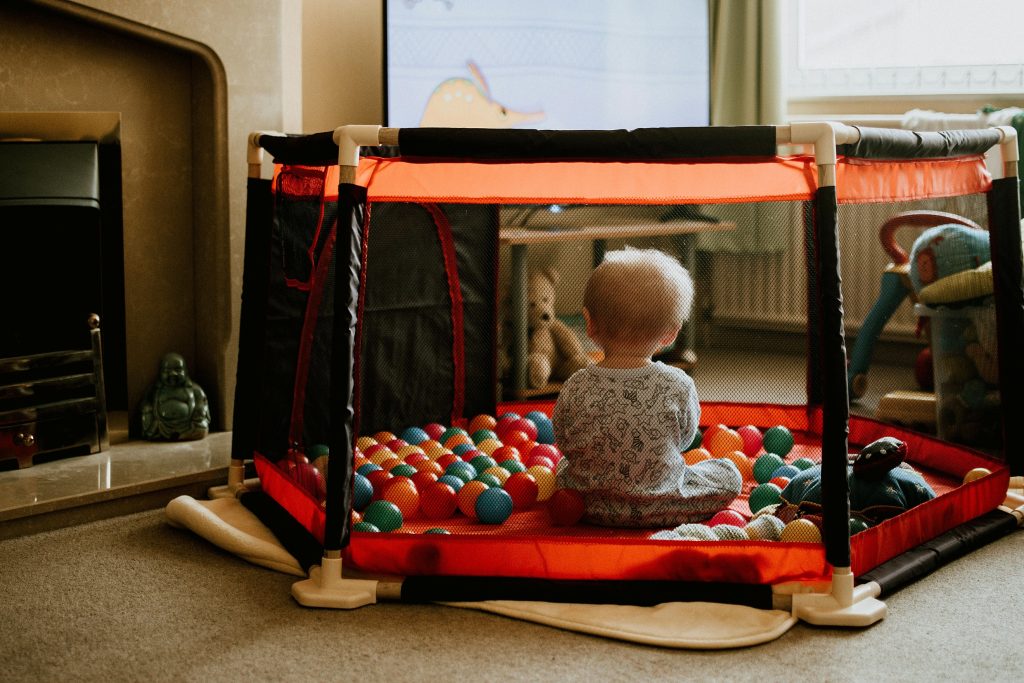
Childproofing your home
Creating a baby-safe environment starts with thorough childproofing. Begin by getting down to your baby’s eye level to identify potential hazards. Install safety locks on cabinets, drawers, and toilets. Cover electrical outlets with protective caps and secure furniture to prevent tipping. Use safety gates at the top and bottom of stairs and in doorways to restrict access to unsafe areas.
Identifying and removing hazards
| Common Hazards | Safety Solutions |
|---|---|
| Small objects | Keep out of reach |
| Sharp edges | Use corner guards |
| Toxic plants | Remove or relocate |
| Cords and wires | Secure or cover |
Scan your home for potential choking hazards, such as small toys, coins, or batteries. Store cleaning products, medications, and other harmful substances in high, locked cabinets. Remove or secure loose rugs to prevent tripping, and ensure window blinds have cordless options or cord shorteners.
Safe sleep practices
Implementing safe sleep practices is crucial for preventing Sudden Infant Death Syndrome (SIDS). Follow these guidelines:
- Place baby on their back to sleep
- Use a firm, flat sleep surface
- Keep soft objects and loose bedding out of the crib
- Avoid overheating by dressing baby appropriately
- Share your room, but not your bed, with baby for at least 6 months
By creating a baby-safe environment, you significantly reduce the risk of accidents and injuries. Next, we’ll explore how to build an effective baby first aid kit to be prepared for any emergencies that may arise.
Building Your Baby First Aid Kit
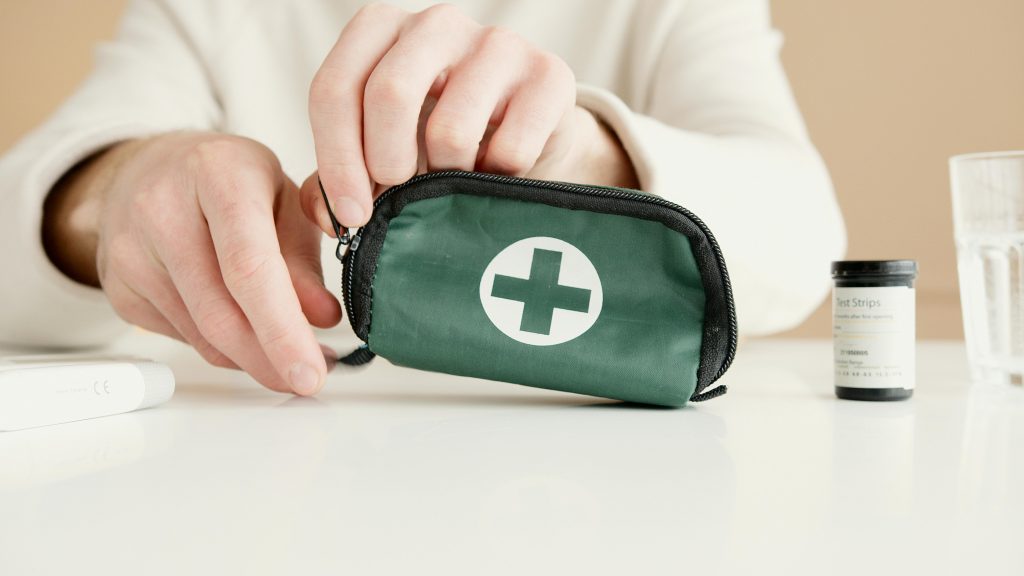
Essential items to include
When building a baby first aid kit, it’s crucial to include items specifically designed for infants. Here’s a comprehensive list of essential items:
- Digital thermometer
- Infant-sized bandages and gauze
- Sterile saline solution
- Antibiotic ointment
- Infant pain reliever (acetaminophen)
- Oral syringe for medication
- Tweezers
- Nasal aspirator
- Infant-sized cold pack
- Pediatric first aid guide
| Category | Items |
|---|---|
| Wound Care | Bandages, gauze, antibiotic ointment |
| Medication | Pain reliever, oral syringe |
| Tools | Thermometer, tweezers, nasal aspirator |
| Miscellaneous | Saline solution, cold pack, first aid guide |
Proper storage and maintenance
To ensure your baby first aid kit remains effective, proper storage and maintenance are key. Keep the kit in a cool, dry place away from direct sunlight. Choose a location that’s easily accessible in case of emergencies, but out of reach of children. Regularly check the contents to ensure everything is in good condition and not expired.
When to replace supplies
Regularly inspect your baby first aid kit and replace items as needed. Here are some guidelines:
- Check expiration dates on medications and ointments every 6 months
- Replace adhesive bandages annually or if the packaging becomes damaged
- Inspect tools like tweezers and thermometers yearly for proper functioning
- Update the first aid guide if new recommendations are released
Now that you have a well-stocked and properly maintained baby first aid kit, let’s move on to recognizing signs of serious illness in infants.
Recognizing Signs of Serious Illness
Respiratory distress indicators
Recognizing respiratory distress in babies is crucial for timely intervention. Look out for:
- Rapid breathing (more than 60 breaths per minute)
- Nasal flaring
- Grunting sounds
- Chest retractions (skin pulling in between ribs)
- Blue tinge around lips or fingernails
Dehydration symptoms
Dehydration can quickly become serious in infants. Watch for:
- Dry mouth and lips
- Sunken soft spot (fontanelle) on the head
- Fewer wet diapers (less than 6 in 24 hours)
- Tearless crying
- Listlessness or irritability
Unusual behavior or lethargy
Changes in behavior can indicate illness. Be alert to:
- Excessive sleepiness or difficulty waking
- Decreased responsiveness
- Unusual fussiness or inconsolable crying
- Loss of appetite
When to call emergency services
Knowing when to seek immediate medical help is vital. Call emergency services if your baby:
| Symptom | Action |
|---|---|
| Stops breathing or turns blue | Call 911 immediately |
| Has a seizure | Seek emergency care |
| Shows signs of severe dehydration | Get urgent medical attention |
| Has a high fever with a rash | Go to the emergency room |
| Becomes unconscious | Call for an ambulance |
Now that you’re aware of these critical signs, let’s move on to preparing for emergencies to ensure you’re ready to act swiftly when needed.
Preparing for Emergencies
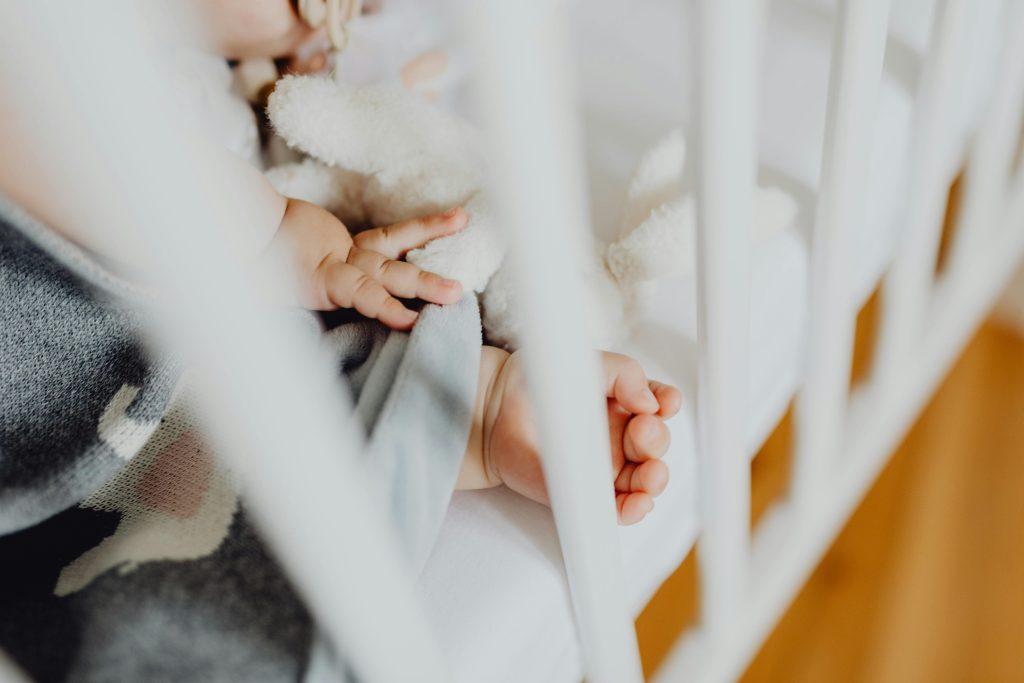
Emergency contact list
Creating a comprehensive emergency contact list is crucial for quick action during a crisis. Here’s a table of essential contacts to include:
| Contact | Information to Include |
|---|---|
| Pediatrician | Name, phone number, after-hours number |
| Poison Control | National hotline number |
| Local Hospital | Name, address, ER phone number |
| Trusted Neighbor | Name, phone number |
| Family Member | Name, phone number |
| Pharmacy | Name, phone number, hours |
Keep this list easily accessible, such as on the refrigerator or saved in your phone.
Familiarizing with local emergency services
• Know the locations of nearby hospitals and urgent care centers
• Understand when to call 911 vs. when to drive to the ER
• Learn about your area’s emergency response times
• Identify the closest 24-hour pharmacy
Basic first aid training for caregivers
Ensure all caregivers receive proper training in:
- Infant CPR
- Choking management
- Burn treatment
- Wound care
- Recognizing signs of serious illness
Consider organizing a group training session with a certified instructor to cover these essential skills.
Developing an emergency action plan
Create a step-by-step plan for various emergencies:
- Designate roles for each family member
- Establish meeting points outside your home
- Practice evacuation routes regularly
- Keep a “go bag” with essentials ready
- Review and update the plan every six months
Now that you’ve prepared for emergencies, it’s important to stay vigilant and regularly review your safety measures to ensure your baby’s wellbeing.
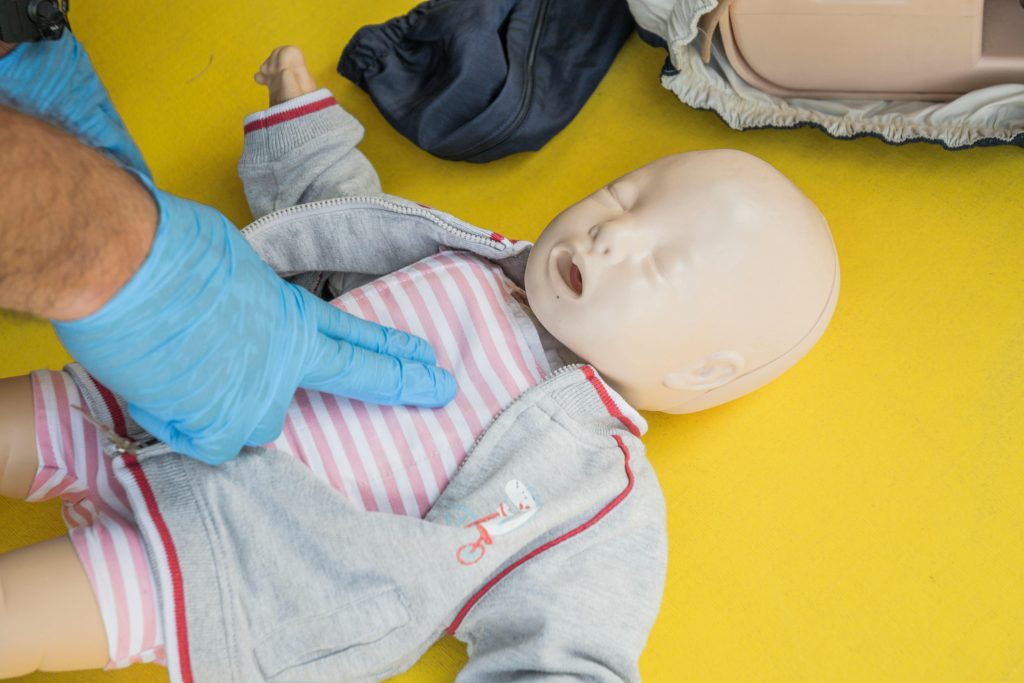
Being prepared for emergencies is crucial for every parent. By mastering essential first aid skills, understanding common baby emergencies, and creating a safe environment, you can significantly reduce risks and respond effectively when needed. A well-stocked first aid kit and the ability to recognize signs of serious illness are invaluable tools in your parental arsenal.
Remember, knowledge is power when it comes to your baby’s safety. Take the time to educate yourself, practice your skills, and stay calm in high-pressure situations. By doing so, you’ll be better equipped to handle any emergency that may arise, ensuring the best possible care for your little one.
